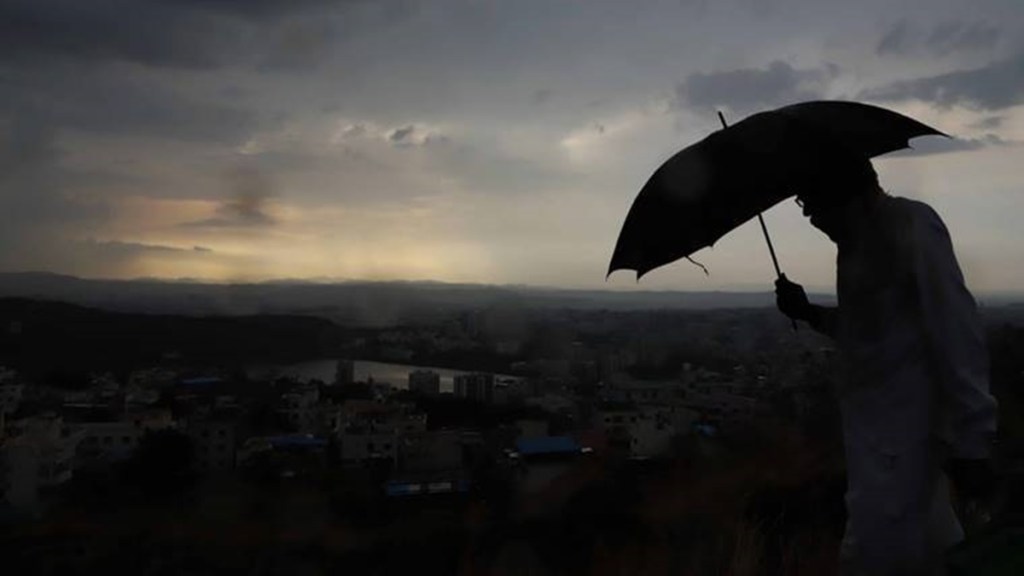Concerns over the performance of southwest monsoon this year eased on Friday, with rainfall deficiency falling to 10% from 47% a fortnight ago, and the weather department predicting that July rains could be around 100% of the benchmark long period average (LPA).
Around 40% of the monsoon precipitation typically occurs in July, the crucial period for sowing of kharif crops. Data released separately by the agriculture ministry said kharif sowing, for the first time in the current season, bridged an annual deficiency on Friday, even though area under paddy, the most important crop, was still more than a quarter less than the year-ago level.
July rainfall is likely to be in the upper side of the “normal” range (94-106%) of the benchmark long-period average (LPA), the Indian Meteorological Department (IMD) said.
Mrutyunjay Mohapatra, director-general, IMD, said though El Nino conditions, which adversely impact the monsoon, are likely to develop by the end of July, this could be negated to a large extent by the development of positive Indian Ocean Dipole (IOD). The overall rainfall (in July) is likely to be over 100% of LPA, with most parts of central India and parts of south peninsula, east, northeast and northwest seen to receive ‘normal to above normal’ rainfall, he added.
However, according to the IMD, some parts of Uttar Pradesh, Bihar, Assam, Punjab, Karnataka and Tamil Nadu may get “below normal” rainfall next month, which is likely to impact paddy and pulses sowing in these states.
Key kharif crops like paddy, tur and groundnut are significantly rain-fed even now, though irrigation has improved significantly in the last two decades, and data in recent years doesn’t reveal any strong connection between food grains production and monsoon performance. Adequate monsoon rains help to ensure soil moisture needed for rabi crops like wheat, mustard and chana.
“Normal rainfall next month is likely to bridge the deficiency in the precipitation in June to a large extent,” Mohapatra said.
No change has, however, been made to the IMD’s May 26 forecast that the precipitation in the whole of the current monsoon season (June-September) will be in the “normal” range, at 96% of the LPA.
Private forecaster Skymet had earlier said monsoon precipitation this year could be “below normal” at 94% of the LPA. Rainfall between 96-104% of the LPA is considered “normal”.
India, as a whole, has received “below normal” rainfall of 148.6 millimeter (mm) in June, against the LPA of 165.3 mm, a deficit of 10%. Except for the north-west region, all other regions have recorded deficient rainfall this month.
The monsoon, after a four years delayed onset over Kerala coast on June 8, has been in the “active” mode since last one week.
Forecast of a normal monsoon rain, according to an agriculture ministry official, will give a boost to sowing of paddy, pulses and cotton which had been lagging behind. Paddy, pulses and cotton sowing areas have been down by 26.3%, 1.9% and 14%, respectively, as on Friday. “Kharif crops sowing usually picks up pace in July after the monsoon covers the entire country,” an official said.
Meanwhile, the Met department has stated that a “low pressure” area is currently developing over Bay of Bengal, which will bring widespread rainfall activities over east, central, northwest and west India over next three to five days.

